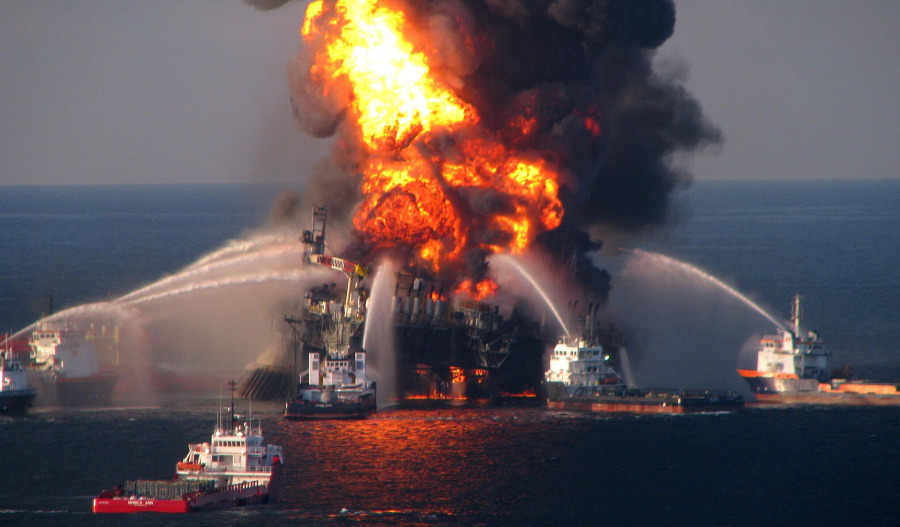Super Nation is a fortnightly column that examines, explains and analyses key issues in one of Australia's largest, fastest-growing and most important industries: superannuation.
It was described as a ‘pig in a python’.
This colourful phrase from UniSuper Chief Investment Officer John Pearce at a conference raised the spectre of superannuation funds reaching the limit of their exposure to unlisted assets as their membership ages and their need for liquidity increases.
He was asked about how Australia’s fourth-largest super fund, with A$145 billion of assets, was changing the way it managed investments and liquidity.
“If your retirees are moving into a conservative type of option strategy, well, we've been investing, in those strategies for decades, right? So we shouldn't be changing that,” he told the Australian Financial Review’s 2025 Super & Wealth Summit.
“Clearly, there is an impact on liquidity, and we've got this pig in the python now where we've got more and more of the demographics coming through, so our capacity to take on more and more unlisted assets is going to come in question.”
This dynamic was being exacerbated by the rise of investment platforms, which were winning more market share from the industry and other profit-to-member funds.
“We're thinking more about liquidity in the next five to 10 years. I'm calling maybe a cap in terms of percentage of money that we allocate to unlisted assets. I think we might be close to threshold limits at the moment,” Pearce said.
It is unclear if other funds are nearing the point where they maximise their exposure to private assets.
Certainly, other members on the same panel, Australian Retirement Trust CEO Kathy Vincent and Aware Super CEO Deanne Stewart, who speak for Australia’s second and third largest pools of retirement savings, did not directly address the issue when asked.
Long-term role
Super Members Council (SMC) Executive General Manager Strategy and Insights Matt Linden said the appropriate exposure would vary from fund to fund, but he believed these assets would continue to play an important role in portfolios for the long term.
UniSuper had about 15% of its assets in unlisted property, infrastructure and private equity at 30 June 2025.
While Pearce did not specify how much UniSuper has invested in these assets, a estimated it at 15-17% of the fund’s balanced portfolios.
This is consistent with APRA data showing the super industry overall holding 16.5% of its $4.3 trillion of assets in unlisted investments at 30 June 2025.
The latest unlisted allocation consisted of 7.1% in infrastructure, 4.5% in equity, 3.9% in property and 1% in debt at 30 June 2025.
The exposure of growth-oriented funds (61%-80% in growth assets) to unlisted assets had increased over the last 15 years, according to research, data and analytics provider Chant West’s Senior Investment Research Manager Mano Mohankumar.
His figures showed unlisted investments totalled 25.4% of growth funds at 30 June, compared with 18.2% at June 2010, higher than the broader industry because balanced and conservative investment options require fewer of these assets.
Increases in private equity (4.1% versus 2.3%), unlisted property (6.0% V 5.3%) and unlisted infrastructure (9.6% V 3.0%) outweighed the fall in private debt/hedge funds and other (5.7% V 7.6%) over the 15-year period.
Morningstar Principal of Superannuation Research William Anglidarm said super funds had to consider the demographic profile and growth of their membership in determining the appropriate level of exposure to private assets.
Appeal of infrastructure
He said super funds liked unlisted infrastructure assets like airports and toll roads for their life-long, monopolistic and inflation-linked return characteristics, which provided more stable values compared with equities.
Examples included the investments of Australia’s largest super fund, AustralianSuper, in Perth Airport and Sydney Airport.
The $388 billion giant first invested in the Perth asset more than a decade ago, lifting its interest last year from about 5% to just over 20%.
AustralianSuper owns 7.5% of the Sydney gateway as part of a consortium of super and investment funds, which paid $24 billion in 2002 to take the listed company private.
Anglidarma said it was difficult to determine “an inflection point” when the unlisted allocation peaked for super funds.
“On the one hand they need to provide liquidity but on the other hand they have to make sure their assets are able to generate sufficient returns for their members,” he said.
“So it’s a matter of striking that right balance between liquidity versus returns.”
Linden of SMC said the fund would manage liquidity more closely when its members reached the retirement phase because they would need to pay out benefits.
“That may mean some adjustment to the level of their exposure to unlisted assets but they’re still dealing with quite long term investment horizons even in retirement,” he said.
“I think most funds will retain a pretty significant share of unlisted assets because they add important diversification to portfolios which still may have significant exposure to listed assets.
“As we know, particularly in public equity markets, there can be a lot of volatility from time to time.
“Unlisted assets tend to be more stable in their valuations. They’re less affected by sentiment in public markets, which can head in either direction.”
Diversification characteristics
The diversification benefits arose from them not being closely correlated to publicly listed market equivalents and providing exposure to the underlying assets.
Despite their illiquidity, ‘private market’ assets offer benefits including portfolio diversification because returns are not correlated with those of listed equities and bonds, according to Frontier Advisors.
The investment advisory firm said in its report Super in the Economy: The investment opportunity in Australian private markets that these assets offered performance characteristics that were hard to achieve elsewhere such as:
- stable returns (infrastructure and real estate)
- variable but high returns (private equity), and
- and value creation through hands-on management.
One of the highest exposures to these assets in Australia is held by the Future Fund, which had 43.8% of its $252 billion of assets in unlisted or private markets at 30 June.
This consisted of private equity (13.3%), property (4.4%), infrastructure and timberland (11.4%) and alternatives (14.7%). confirm more than one-third in unlisted assets.
The sovereign wealth fund has lower liquidity requirements than super funds with individual members, which means it can invest for decades ahead.



